When you consider the outfits in *The Borgias*, it's clear that they play a vital role in establishing the series' opulent atmosphere. Gabriella Pescucci's designs not only reflect the 15th-century fashion but also highlight the characters' social status and personal narratives. You might find it intriguing how these costumes influence the viewers' perception of the Borgia family. As you explore the details of Lucrezia's gowns or the significance of color choices, you'll uncover layers of meaning that extend beyond mere aesthetics. What do these garments reveal about the time period and the characters themselves?
Overview of The Borgias Series
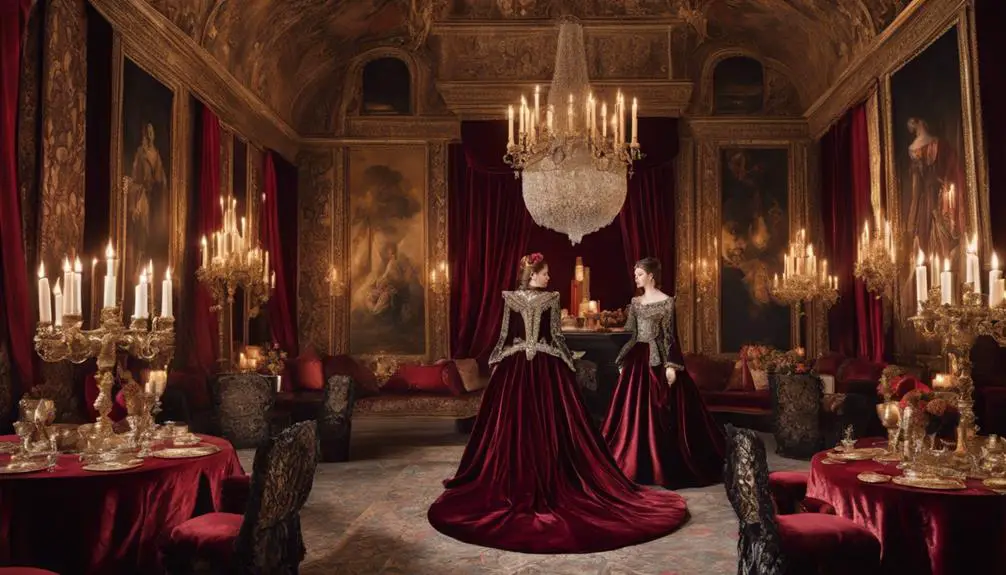
*The Borgias* is a gripping Showtime series that aired from 2011 to 2013, immersing you in the tumultuous world of the infamous Borgia family. Imagine the drama of betrayal, sex, murder, and power unfolding in the stunning backdrop of 15th-century Renaissance Italy. You can't help but get hooked! The show centers around Pope Alexander VI and his scandalous clan, showcasing their influence and the lengths they'd go to for control.
While *The Borgias* takes historical events as its base, it isn't exactly a history lesson. The series leans into creative storytelling, sacrificing some historical accuracy for the sake of drama. But hey, that's what makes it entertaining! You'll find yourself fascinated by the characters and their wild antics, even if they don't always align perfectly with the facts.
One of the standout features of the show is its stunning costumes. Emmy-nominated costume designer Gabriella Pescucci crafted beautiful, intricate designs that transport you to that opulent era. The costumes are so striking that they spark discussions about how closely the show sticks to historical accuracy versus artistic interpretation. You might even find yourself daydreaming about wearing a gown like Lucrezia Borgia or a dapper outfit like Cesare.
Costume Inspirations and Replicas
During its run, *The Borgias* captivated viewers not just with its gripping storyline but also with its breathtaking costumes that brought Renaissance Italy to life. You can't help but admire the stunning designs created by Gabriella Pescucci. Those intricate details and luxurious fabrics really pulled you into the world of Lucrezia and her family.
Have you ever thought about how fun it would be to wear something like Lucrezia's light blue and gold dress? Many fans were so inspired that they started recreating similar costumes for their personal projects. It's like stepping right into the show! And if sewing isn't your thing, don't worry—Showtime actually offered replicas of the costumes for sale. How cool is that? You can rock a piece from the series without needing a time machine.
What's fascinating is how the costumes blend styles from both the late 15th and early 16th centuries. They capture the spirit of the Renaissance without strictly sticking to historical accuracy. This mix sparks discussions among fans about how to balance authenticity with creative flair.
Detailed Analysis of Key Dresses
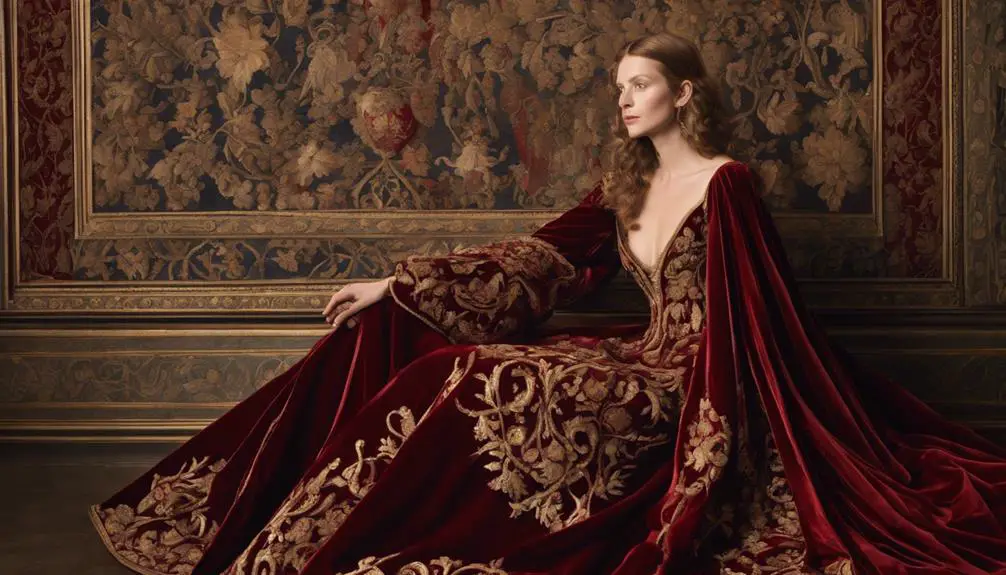
Let's take a closer look at some of the standout dresses from *The Borgias*! You'll notice how costume designers used amazing techniques to create eye-catching pieces, but did they stick to historical accuracy? With choices like fabric, color, and even how they adapted dresses over time, there's a lot to unpack about what makes these outfits so special!
Costume Design Techniques
Diving into the costume design techniques of *The Borgias*, you'll find that Gabriella Pescucci's artistry shines through in every key dress. Her intricate tailoring, like full linings and corset lacing, really amps up the authenticity and luxury of the Borgias costumes. Take Lucrezia Borgia's gown, for instance; with its stunning embroidered details and a gorgeous light blue and gold palette, it perfectly captures the opulent vibe of the Renaissance.
One fascinating aspect of Pescucci's work is the use of paneling and clever alterations from season to season. This upcycling trend wasn't just stylish—it was also practical, thanks to the economic constraints of the time. It's like a fashion-forward recycling program!
And let's not forget the rich fabrics and decorative accessories used, which are all aimed at evoking the lavish lifestyle of the Borgia family. Showtime even offered replicas of the show's costumes, proving just how popular these stunning designs are! So, next time you watch the show, pay close attention to those details. You'll appreciate the costume design techniques that make every dress a masterpiece!
Historical Accuracy Assessment
While Gabriella Pescucci's costume designs in *The Borgias* are visually stunning, they sometimes stray from historical accuracy. You might notice that Lucrezia Borgia, played by Holliday Grainger, often wears pastel colors that just weren't common for wealthy folk in the 1490s. Rich folks usually rocked darker shades because lighter dyes were super expensive and hard to find. Plus, the show rushes through key events in Lucrezia's life, leading to some costume mishaps.
Take a look at these points:
- Women's clothing in the 1490s featured straight necklines and snug sleeves, not the loose styles we see.
- Lucrezia's wedding dress misses the mark on bodice construction, which is a huge deal.
- Some costumes, like Vanozza's, do nail the sleeve designs, showing it's possible!
- The blend of late 15th-century and early 16th-century styles is more about looking fabulous than sticking to the facts.
Fabric and Color Choices
Showcasing a stunning array of fabrics and colors, the costumes in *The Borgias* vividly illustrate the opulence of Renaissance fashion. You can't help but notice the rich, vibrant colors that pop off the screen, especially in Lucrezia Borgia's outfits. While historical accuracy might take a backseat here, those pastel shades really set her apart from the darker hues typical of the 1490s.
The fabrics used in these costumes are nothing short of luxurious. Imagine brocades and intricate embroidery that scream craftsmanship! Take Lucrezia's light blue and gold gown, for example. Its laced bodice and detailed tailoring are simply mesmerizing. You'll find that the costumes not only look great but also feature practical elements like full linings and corset lacing, which were essential in Renaissance design.
And guess what? Showtime even capitalized on the popularity of these stunning outfits by offering replicas! So if you've ever wanted to channel your inner Lucrezia, now's your chance. Isn't that amazing? The artistry and detail just make you want to immerse yourself in the fashion of the Renaissance, don't they?
Audience Reactions and Community Engagement
You've probably noticed how everyone's buzzing about the fabulous costumes in *The Borgias*! Fans can't stop gushing over the stunning designs, and they often jump into discussions about how accurate the outfits are to the Renaissance period. Are you inspired to create your own version of those looks?
Costume Design Appreciation
The intricate costumes in *The Borgias* have captivated audiences, drawing admiration for their luxurious aesthetics and dramatic flair. You can't help but be mesmerized by the beautiful outfits, especially the ones Lucrezia wears. They're not just clothes; they're pieces of art! The costume design by Gabriella Pescucci showcases a blend of creativity and craftsmanship that really shines.
Here's what makes it even more awesome:
- Fans are inspired to create their own costumes, diving into personal projects.
- The community buzzes with discussions about Renaissance fashion elements.
- People share tutorials and tips, sparking a collective passion for this era's style.
- Gabriella's Emmy nomination highlights the level of dedication behind these amazing designs.
It's clear that the show's fashion has an impact beyond just the screen. You might find yourself daydreaming about hosting a costume party or maybe even sewing your own outfit! How cool would that be? The excitement and appreciation for costume design in The Borgiashave truly brought fans together, making it a fantastic experience to share. So, what outfit are you going to recreate first?
Historical Accuracy Conversations
While the stunning outfits in *The Borgias* have sparked admiration for their beauty, they've also ignited lively discussions about historical accuracy. Fans often debate the costume design, pointing out how some colors and styles don't quite match what you'd expect from the Italian Renaissance. Sure, those vibrant hues look fantastic on screen, but could they have really been worn back then?
You might find yourself inspired to create your own Renaissance-inspired costume after watching the show. Many viewers share their projects online, showing off their takes on the intricate designs. How cool is that?
However, these conversations aren't just about what looks good. People are weighing the balance between historical authenticity and creative flair. It's like a dance between sticking to the facts and letting imagination run wild!
The craftsmanship and luxurious materials used in the outfits deserve praise, even if some details aren't spot-on. So, next time you admire those gorgeous costumes, remember: they might bend the rules a bit, but they sure know how to capture your attention. What do you think? Is it all about looks, or should historical accuracy take the lead?
Historical Context of Renaissance Fashion
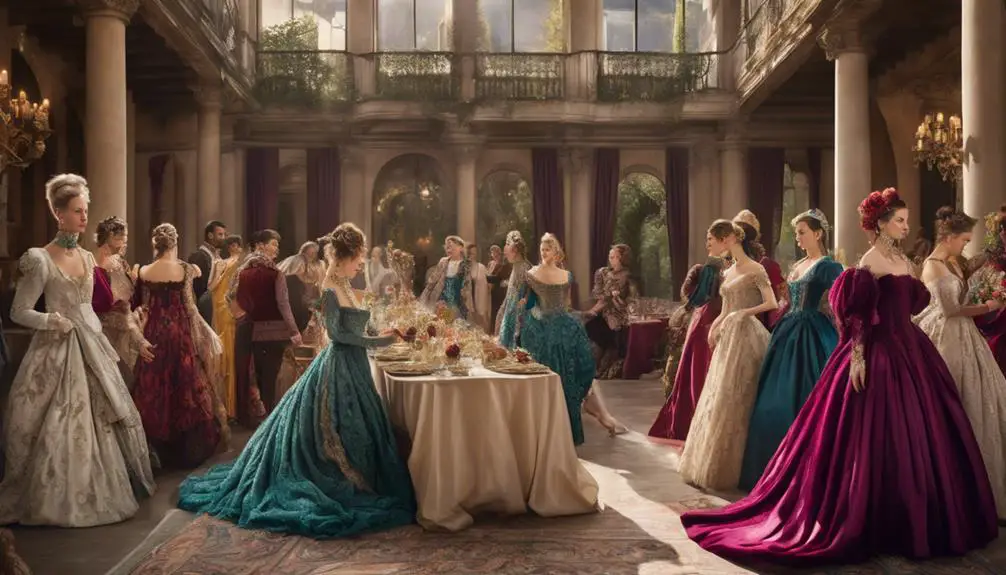
Renaissance fashion emerged as a vivid expression of wealth and status, particularly among the nobility. You can almost see the opulence in the way they dressed! It wasn't just about looking good; it was a statement of who they were. Those intricate designs and luxurious fabrics spoke volumes about their place in society.
Check out some highlights of this fabulous fashion era:
- Women's clothing in the 1490s had straight necklines and snug sleeves, giving a classy, elegant look.
- Fabrics like brocades and patterned textiles became super popular, though they were pricey for everyday wear.
- Garments were made of separate pieces, showcasing amazing craftsmanship. Skirts were gathered into bodices, making them look stunning!
- Economic constraints often meant reusing and altering costumes, so upcycling became the norm. No one wanted to waste a good outfit!
You might wonder how they managed it all. Well, Renaissance fashion was a delicate balance of creativity and practicality. Nobles wanted to flaunt their wealth without breaking the bank every time they dressed. With all those layers and details, each garment told a story. So, next time you watch "The Borgias," think about how the outfits reflect the incredible world of Renaissance fashion. It's not just about looking pretty; it's about understanding a culture that thrived on opulence and artistry! Isn't that fascinating?
Comparing The Borgias and Borgia: Faith and Fear
Exploring the rich fashion of the Renaissance in "The Borgias" sets the stage for understanding how the show's production values and character portrayals compare with *Borgia: Faith and Fear*. Both series focus on the infamous Borgia family, especially Rodrigo Borgia, who becomes Pope Alexander VI, but they take very different approaches.
The Showtime series *The Borgias* ran from 2011 to 2013 and is celebrated for its stunning costumes and high production quality. Giulia Farnese, a key character, is portrayed with beautifully designed outfits that capture the era's opulence. The costume designer, Gabriella Pescucci, really nailed the historical fashion, earning lots of praise for her work.
In contrast, *Borgia: Faith and Fear*, which aired from 2011 to 2014, struggled with production quality and costume accuracy. Critics often pointed out that the costumes lacked the creativity and detail seen in *The Borgias*. Plus, the character development, especially for someone like Lucrezia Borgia, felt flat and shallow compared to the emotional depth you get in the Showtime series.
Viewer feedback clearly leans toward *The Borgias*, thanks to its luxurious aesthetics and gripping storytelling. Why bother with a story that can't keep you engaged, right? So, if you're looking for rich visuals and compelling drama, you'll definitely want to stick with *The Borgias*. It's a feast for the eyes and the heart!
Frequently Asked Questions
Who Was the Costume Designer for Borgia?
You might think historical accuracy drives costume design, but Sergio Ballo, the costume designer for *Borgia: Faith and Fear*, focused more on character symbolism and visual appeal, blending styles rather than sticking strictly to historical inspiration.
How Accurate Is Netflix the Borgias?
You'll find that Netflix's *The Borgias* prioritizes visual appeal over historical accuracy. While it attempts character representation, costume authenticity often suffers, blending elements from different periods and sacrificing realism for dramatic effect and spectacle.
Why Did the Borgias Show End?
When the dust settled, you'd see that declining audience reception and competition with other dramas led to the show's cancellation. Historical inaccuracies didn't help, as viewers sought authenticity in their period programming.
How Many Episodes Are in Season 1 of the Borgias?
In season 1 of *The Borgias*, you'll find 9 episodes that provide fascinating episode summaries. Each one dives into character analysis and historical context, revealing the intense power struggles and complex relationships of the time.
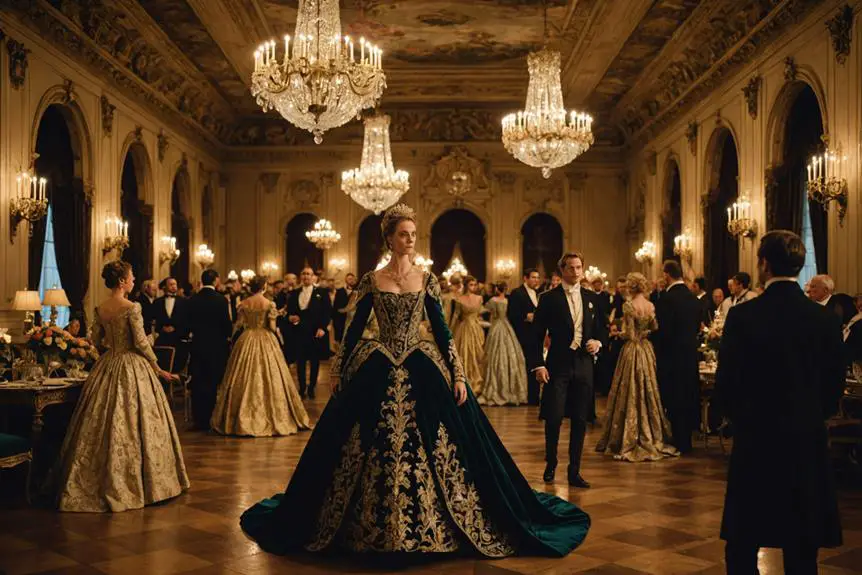


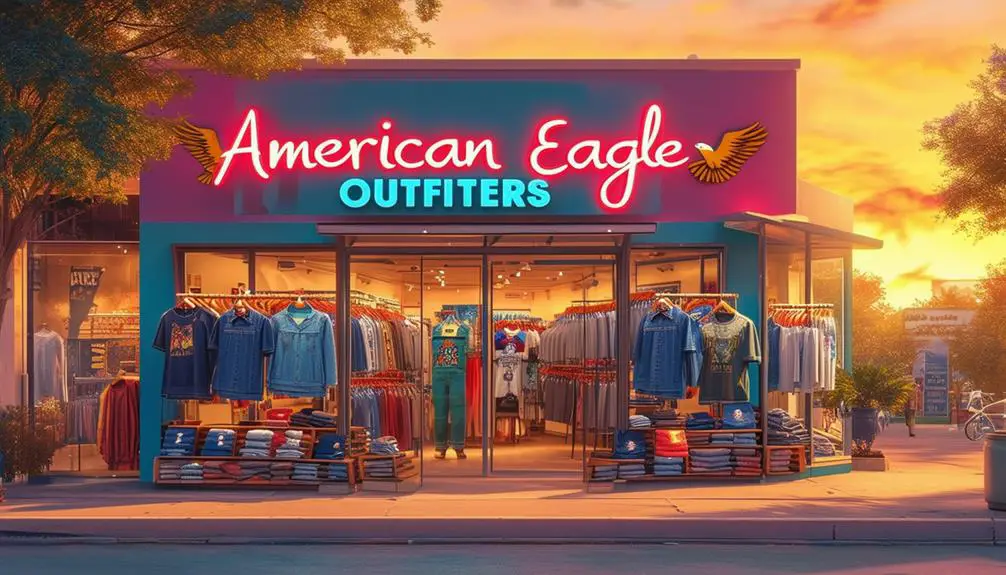
It’s going to be ending of mine day, however before end I am reading
this enormous article to increase my knowledge.